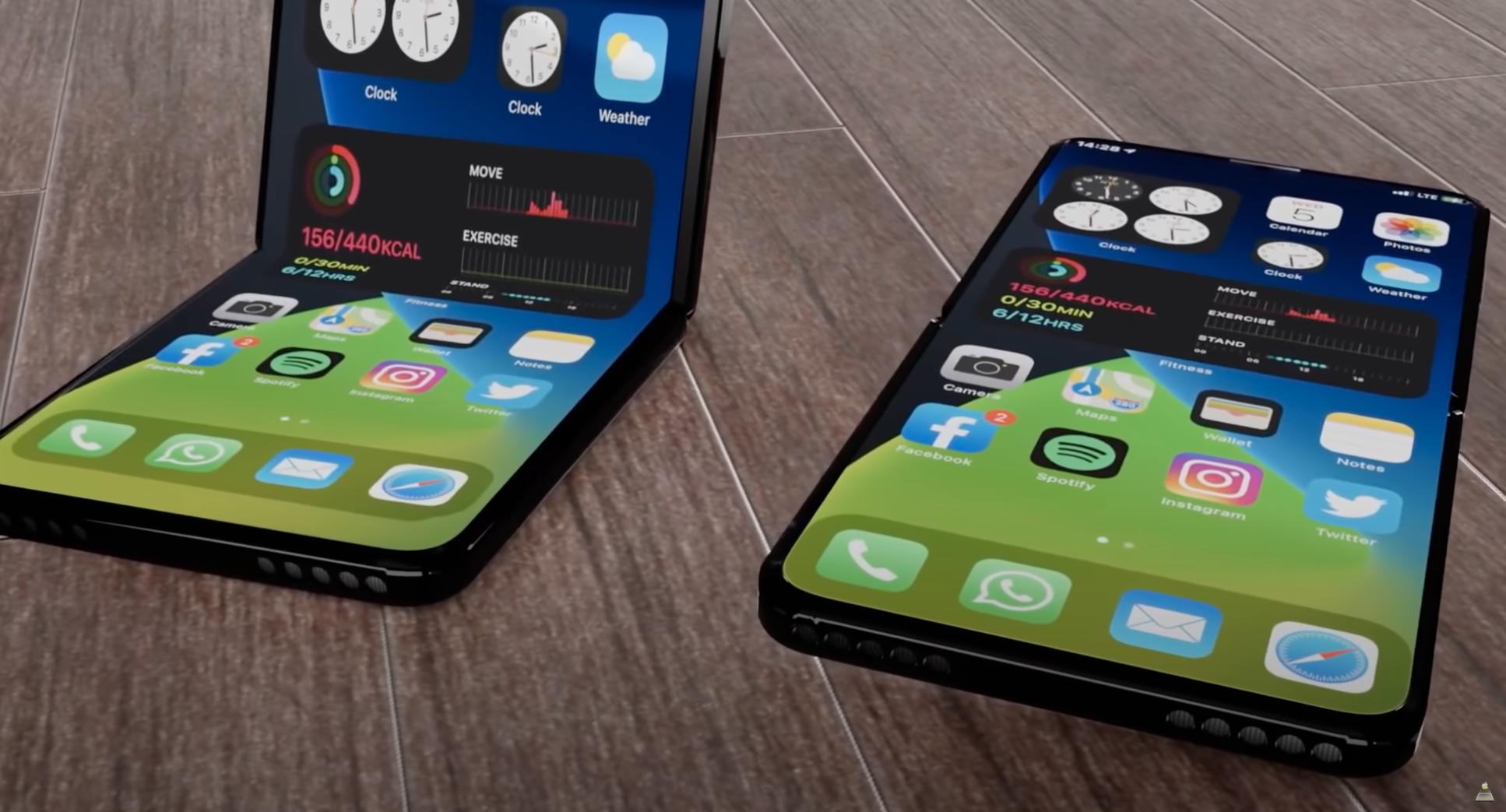The foldable iPhone just got closer thanks to a self-healing screen patent

What you need to know
- There has been talk of a foldable iPhone for years.
- A new patent details a self-healing material that could make a folding iPhone happen.
- It would heal to hide dents and scratches.
Talk of Apple launching a foldable iPhone has long had us all getting hot under the collar, even before the likes of Samsung did it with the Galaxy Fold. But if Apple does decide that a foldable iPhone is ready to be shipped, it won't want the problems Samsung has had to deal with – including a display that is easily dented and scratched. It just so happens Apple has a new patent for a technology that could fix all of that, too.
According to a patent spotted by Patently Apple, the new patent covers a display that would be self-healing, allowing it to hide any little marks that could be picked up during use.
During operation of an electronic device, the display cover layer for the electronic device may be scratched or dented. To improve the aesthetics of the electronic device, it may be desirable for the presence of scratches and dents to be minimized. To help mitigate the number of dents, scratches, or other imperfections in a display cover layer, the display cover layer may include a layer of self-healing material.
The patent goes on to say that the healing process could be either automatic or initiated in some way, potentially even using heat.
Self-healing may occur in the layer of self-healing material without prompting (e.g., when the self-healing coating is dented, the material of the coating may fill the dent even without external intervention). Alternatively, the self-healing may be initiated or expedited by externally applied heat, light, electric current, or other type of external stimulus.When heat is used as a stimulus for the self-healing process, the display cover layer may include transparent conductors that form a heating layer in the display cover layer. The heating layer may be used to generate heat to stimulate self-healing. The heating layer may be used to generate heat in response to user input, according to a predetermined schedule, or when the electronic device is charging.
The first Galaxy Fold foldable suffered from various display defects and while a subsequent model has fared better, foldable devices are still more susceptible to display imperfections than those made of glass.
There's no telling when – or even if – this patent will turn into a product. But it's always reassuring to see signs that Apple is working on the next big thing. Surely that thing will be foldable devices of some sort.
iMore offers spot-on advice and guidance from our team of experts, with decades of Apple device experience to lean on. Learn more with iMore!

Oliver Haslam has written about Apple and the wider technology business for more than a decade with bylines on How-To Geek, PC Mag, iDownloadBlog, and many more. He has also been published in print for Macworld, including cover stories. At iMore, Oliver is involved in daily news coverage and, not being short of opinions, has been known to 'explain' those thoughts in more detail, too.
Having grown up using PCs and spending far too much money on graphics card and flashy RAM, Oliver switched to the Mac with a G5 iMac and hasn't looked back. Since then he's seen the growth of the smartphone world, backed by iPhone, and new product categories come and go. Current expertise includes iOS, macOS, streaming services, and pretty much anything that has a battery or plugs into a wall. Oliver also covers mobile gaming for iMore, with Apple Arcade a particular focus. He's been gaming since the Atari 2600 days and still struggles to comprehend the fact he can play console quality titles on his pocket computer.
